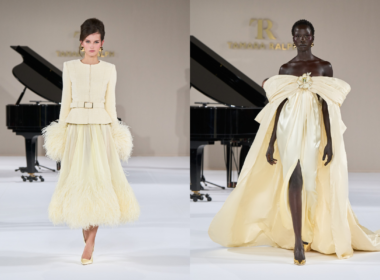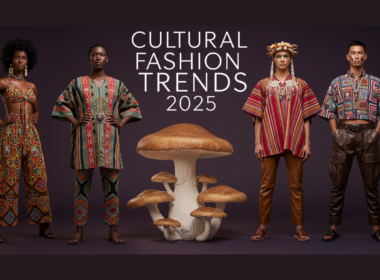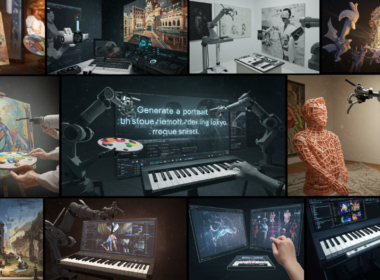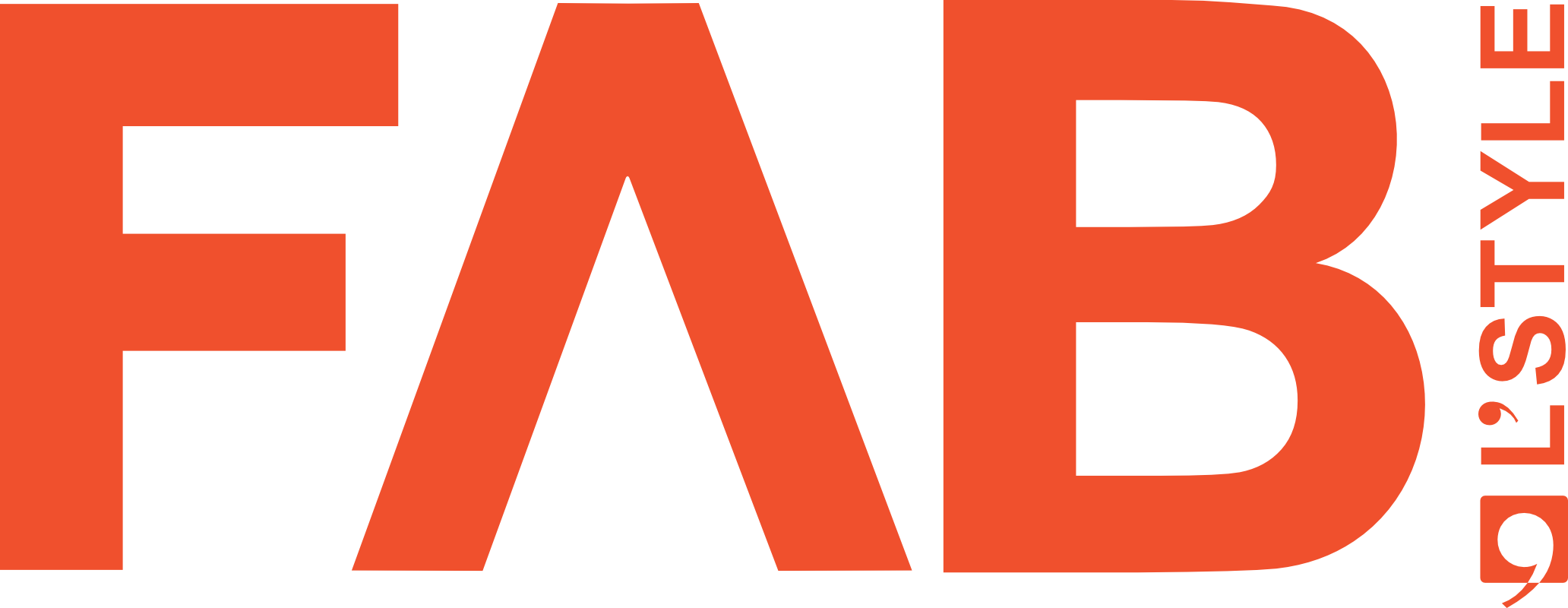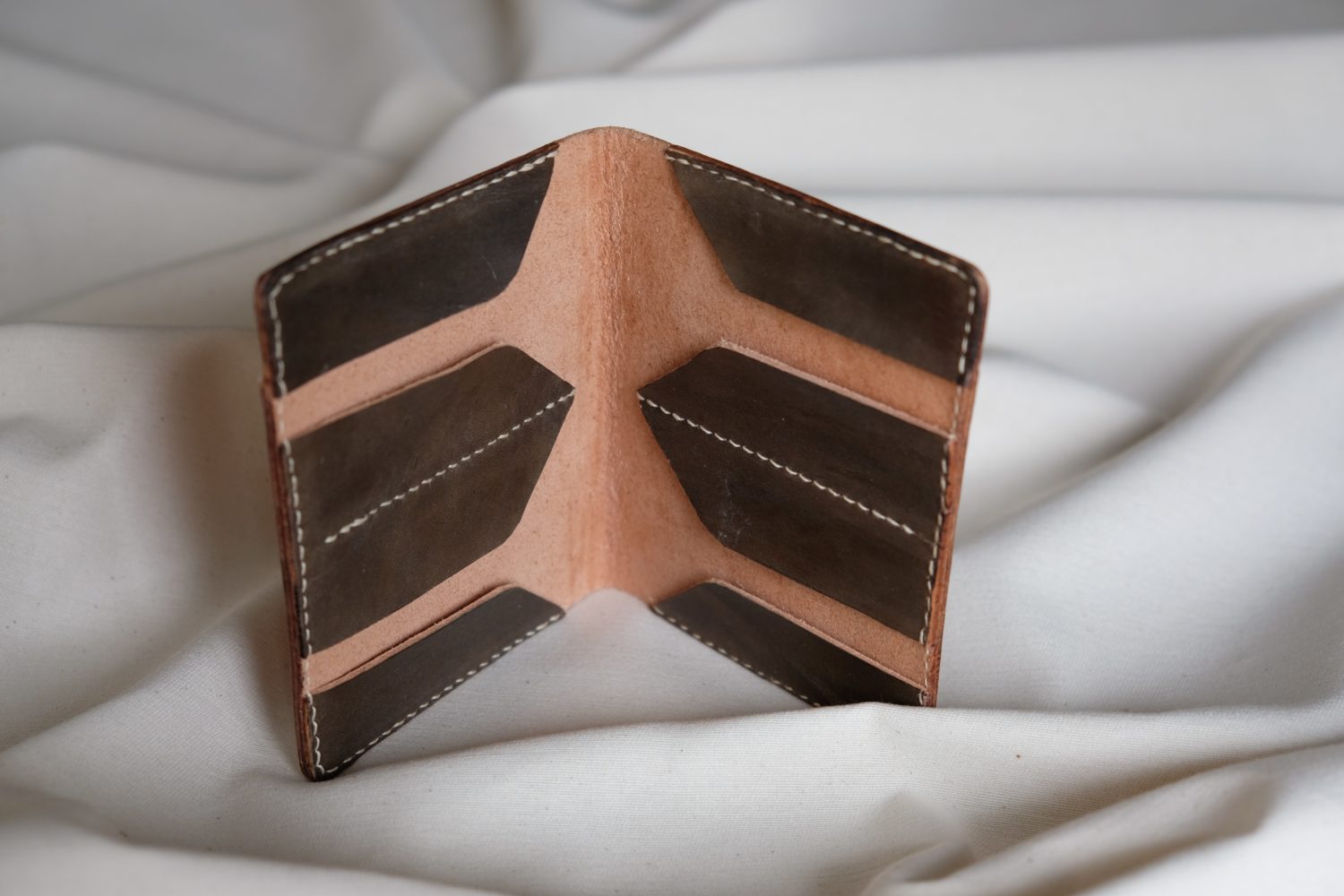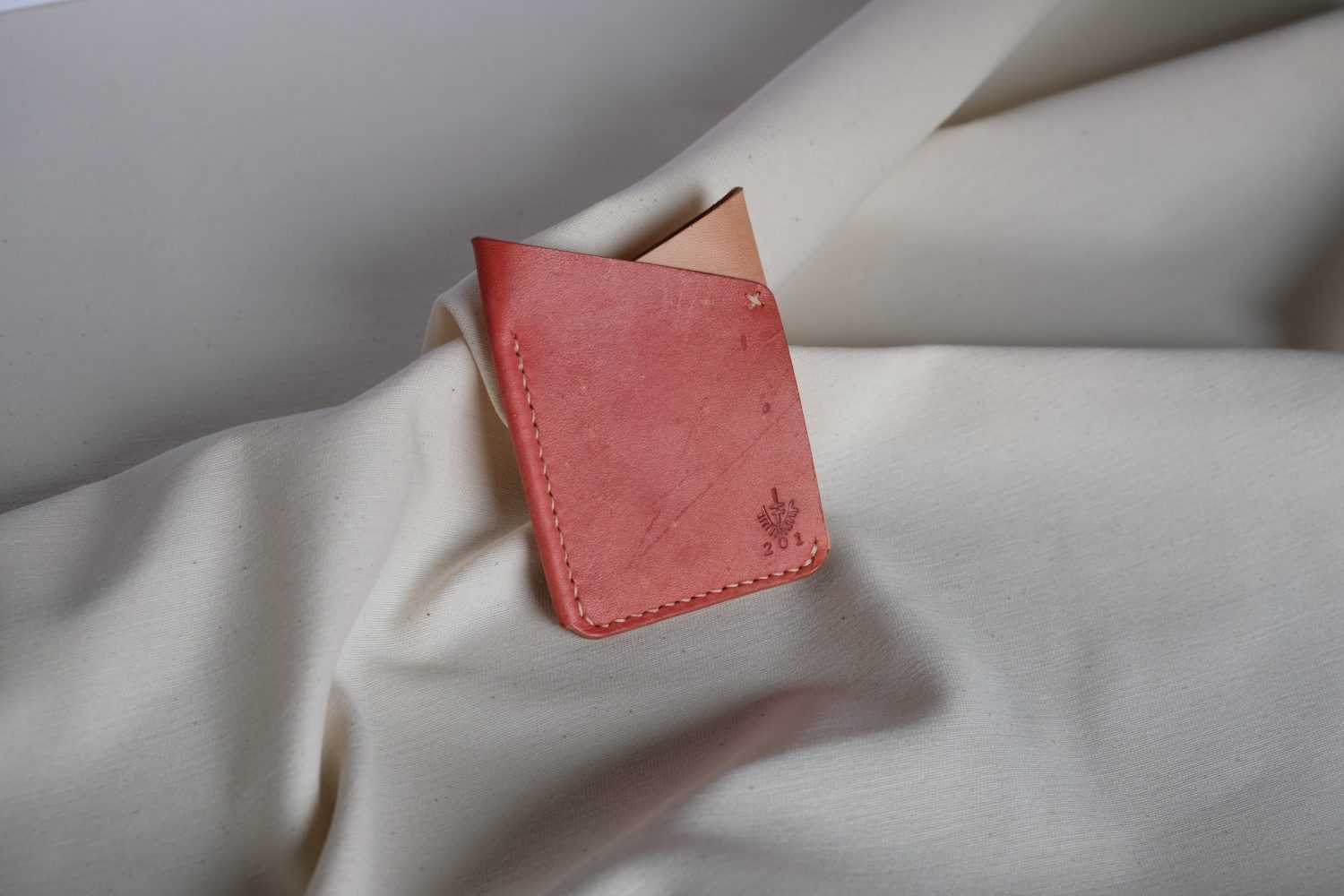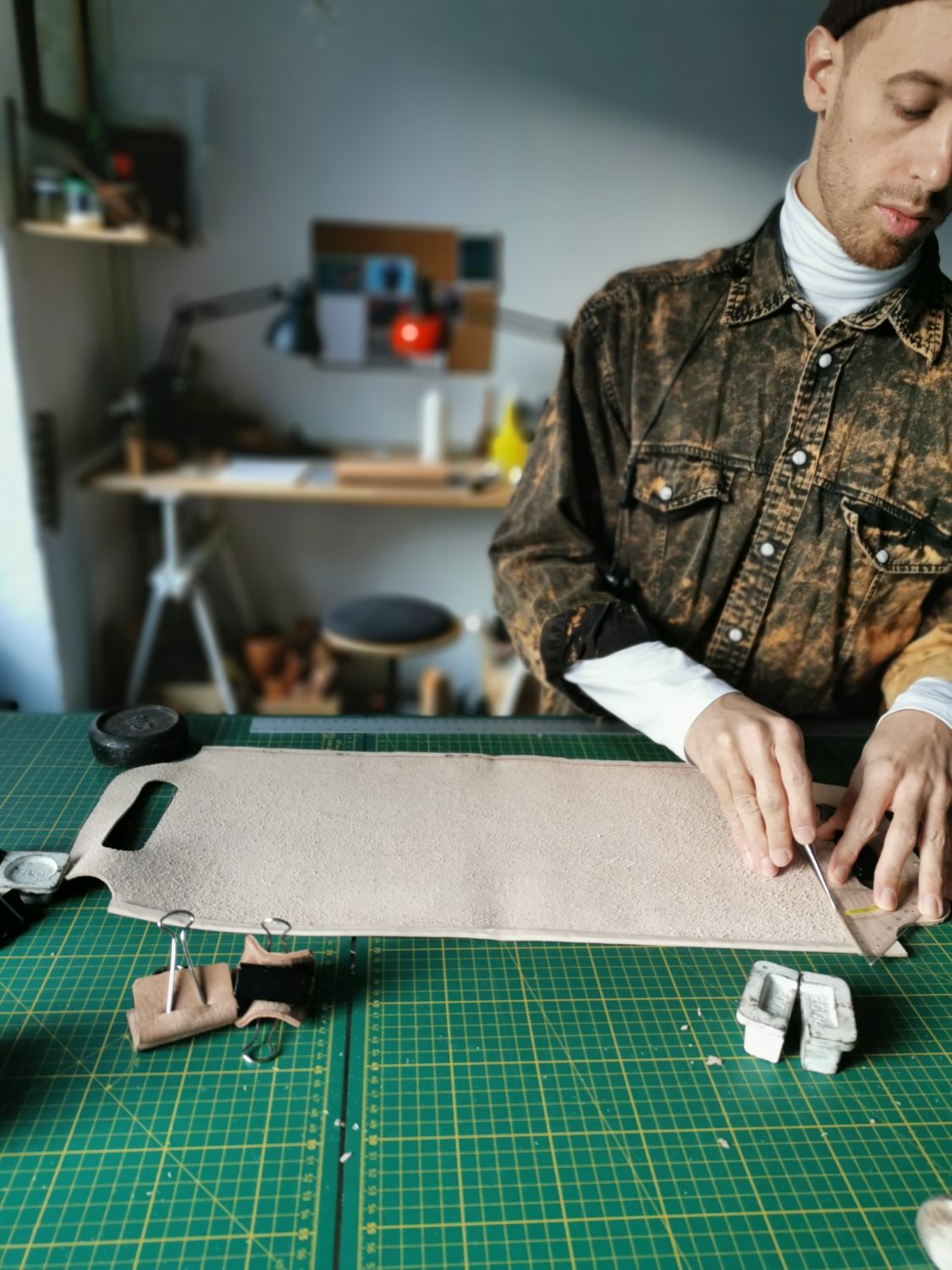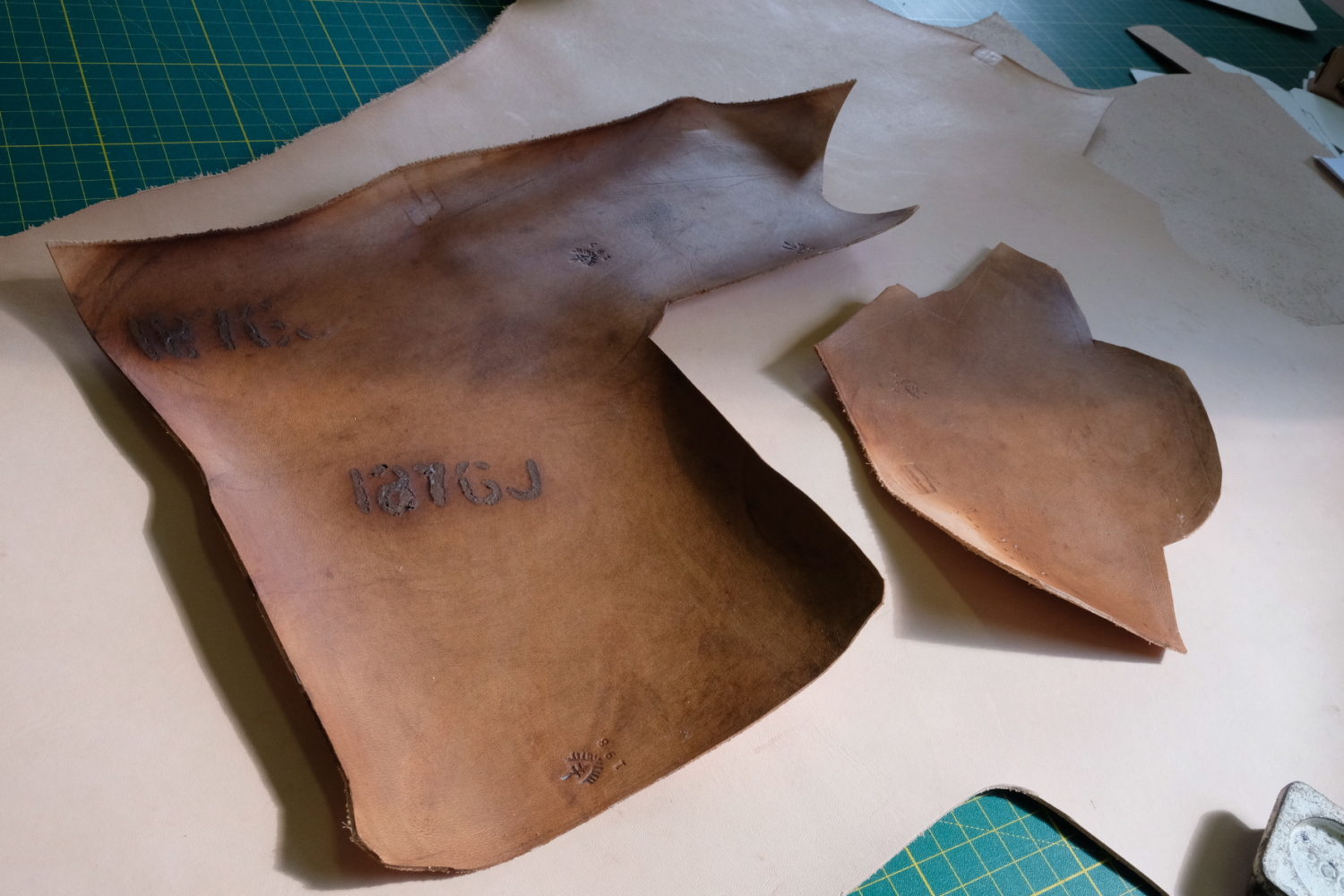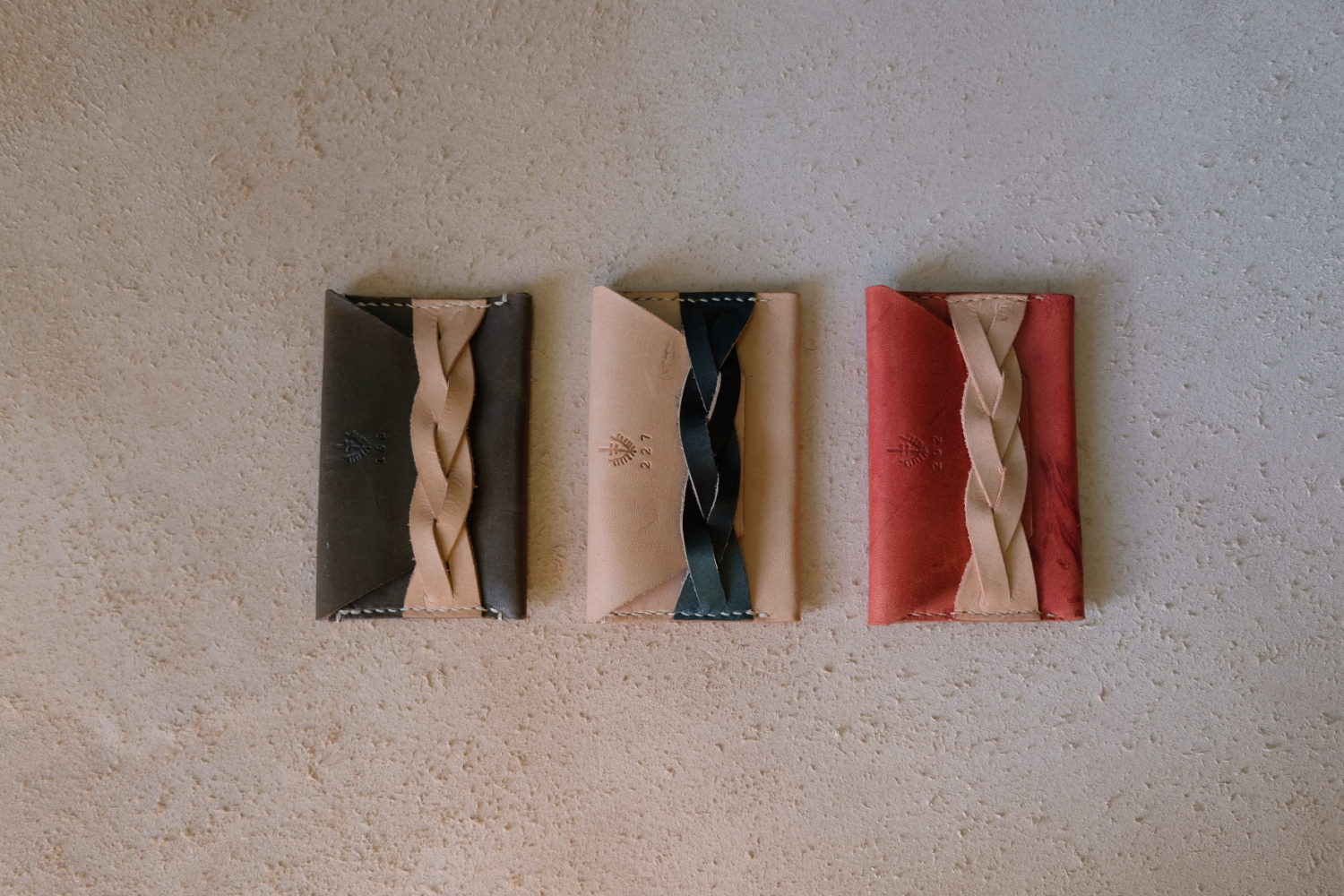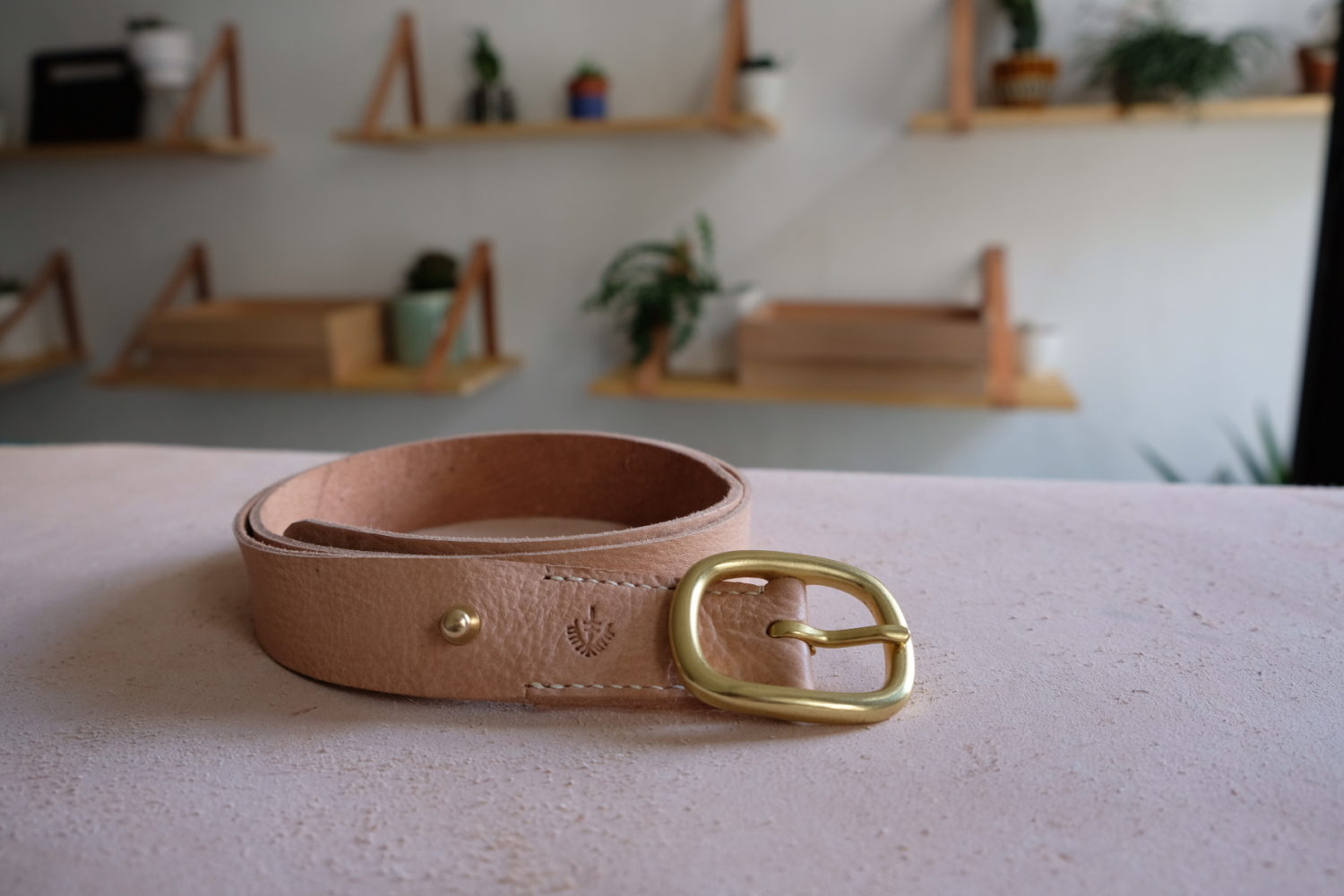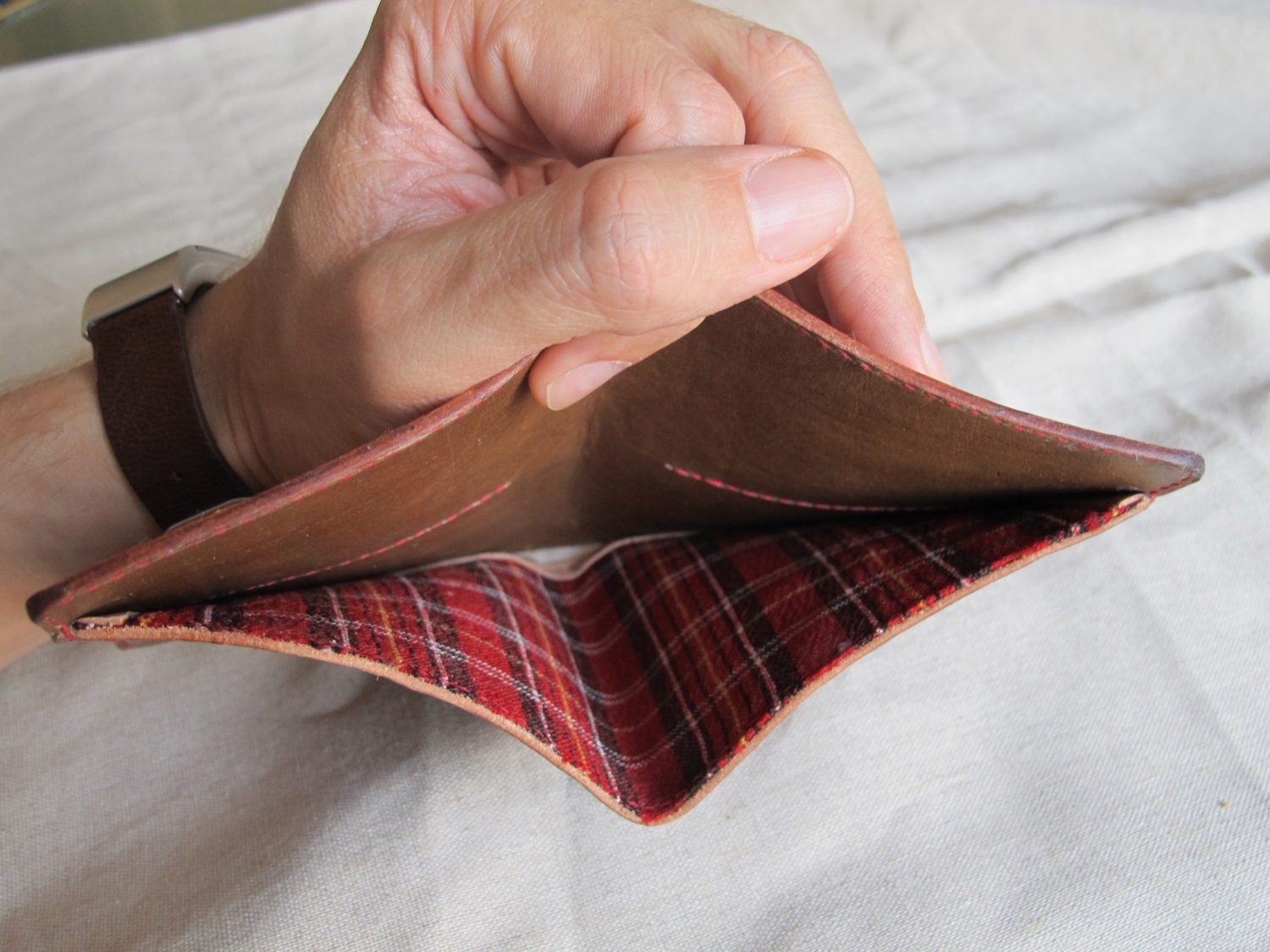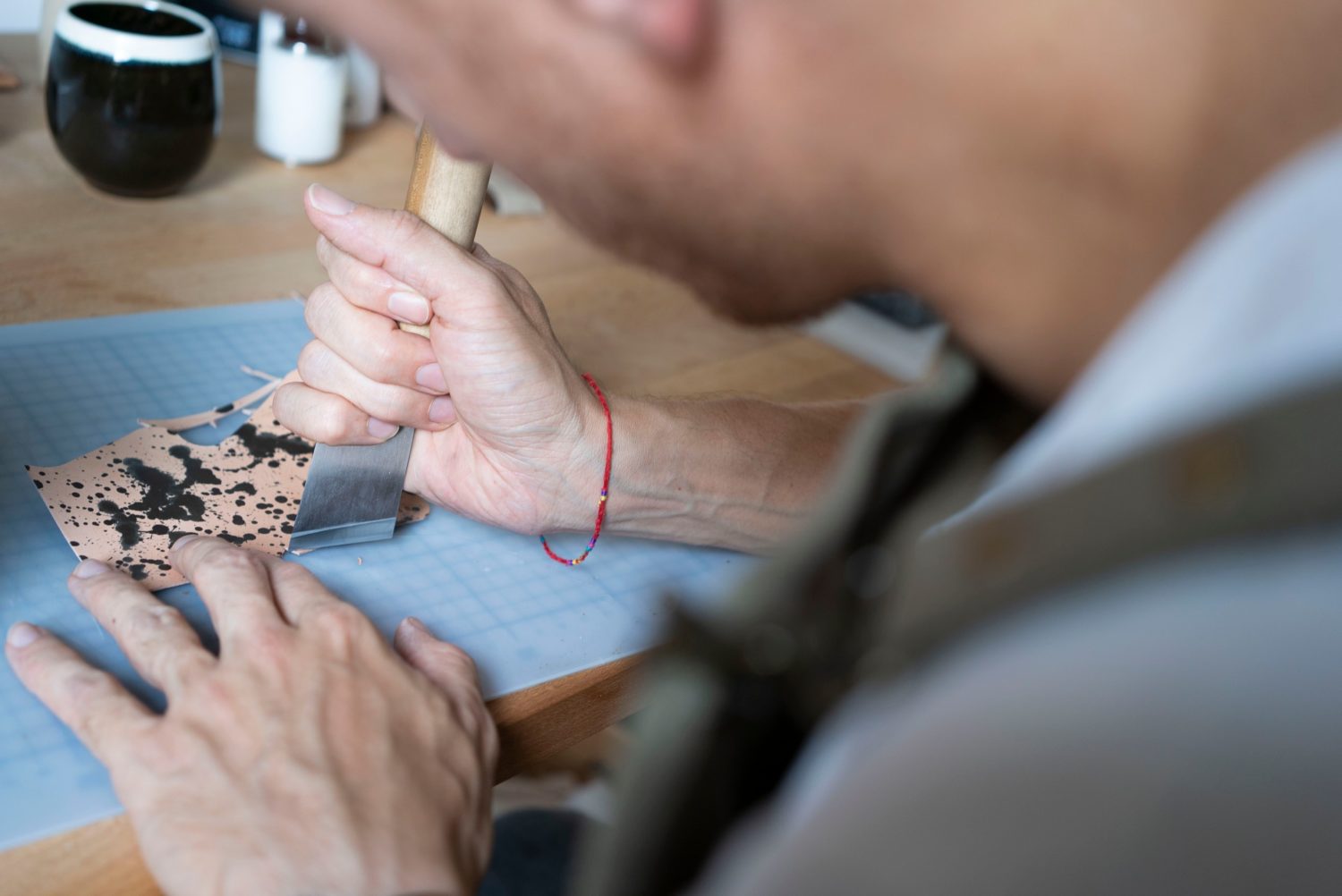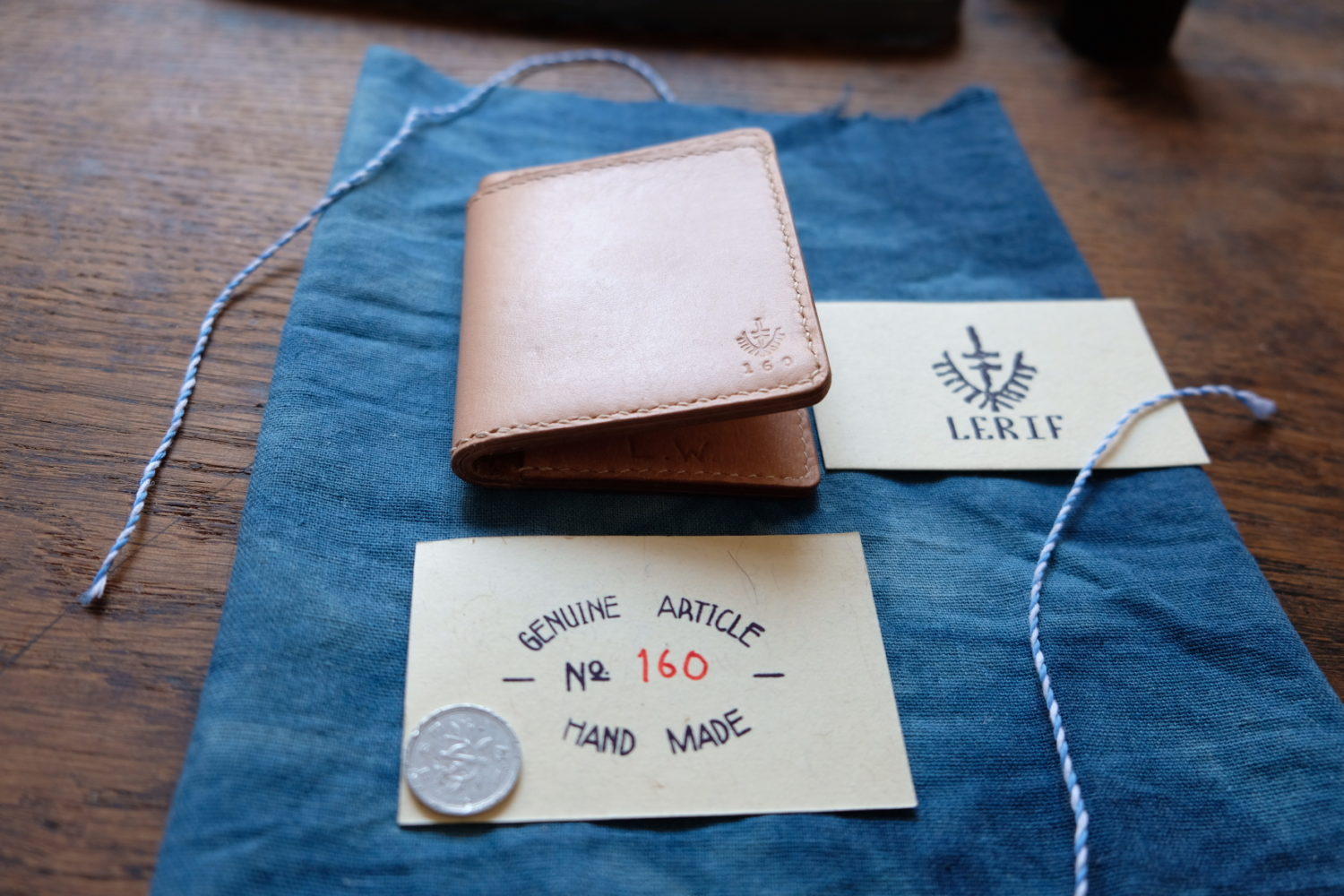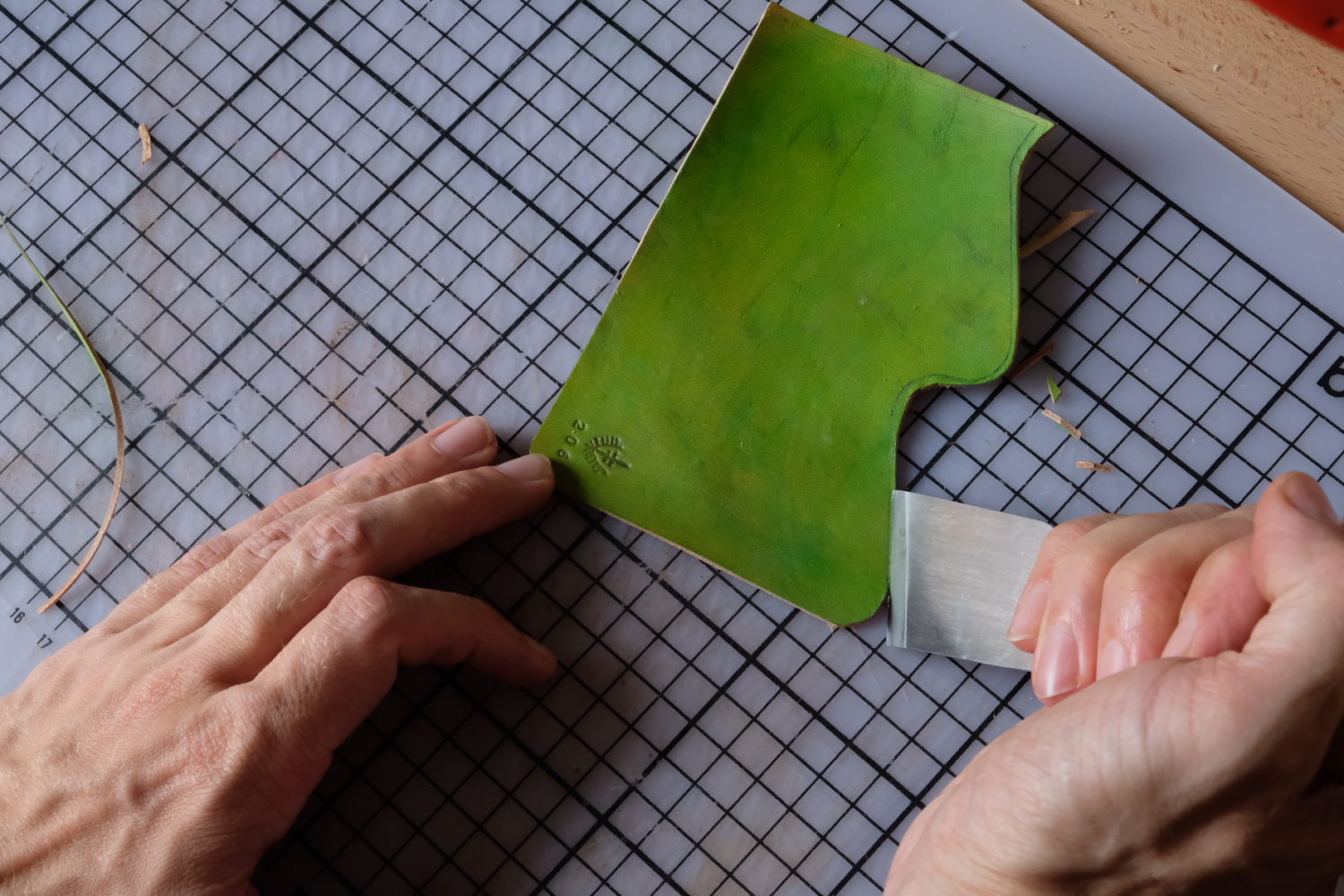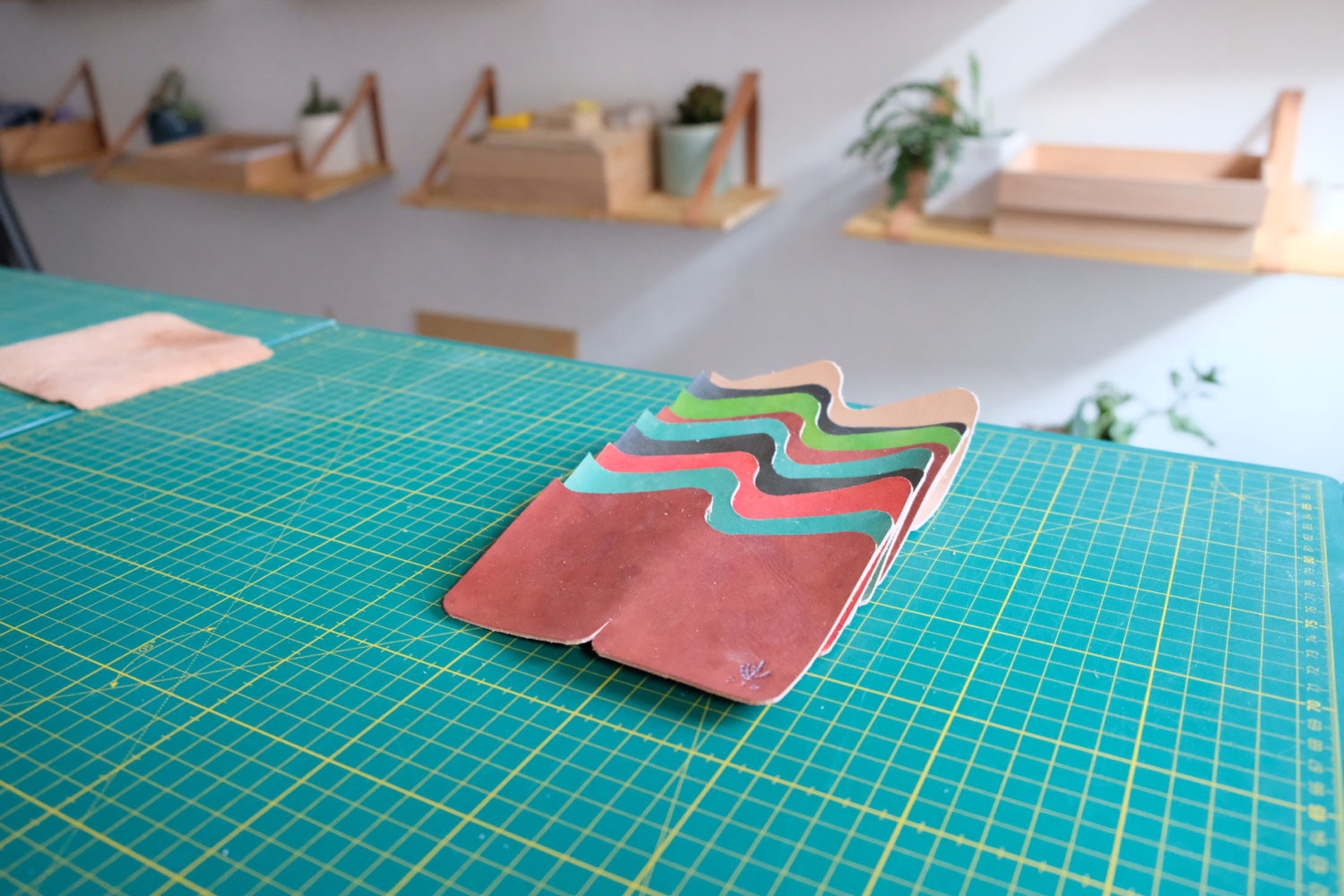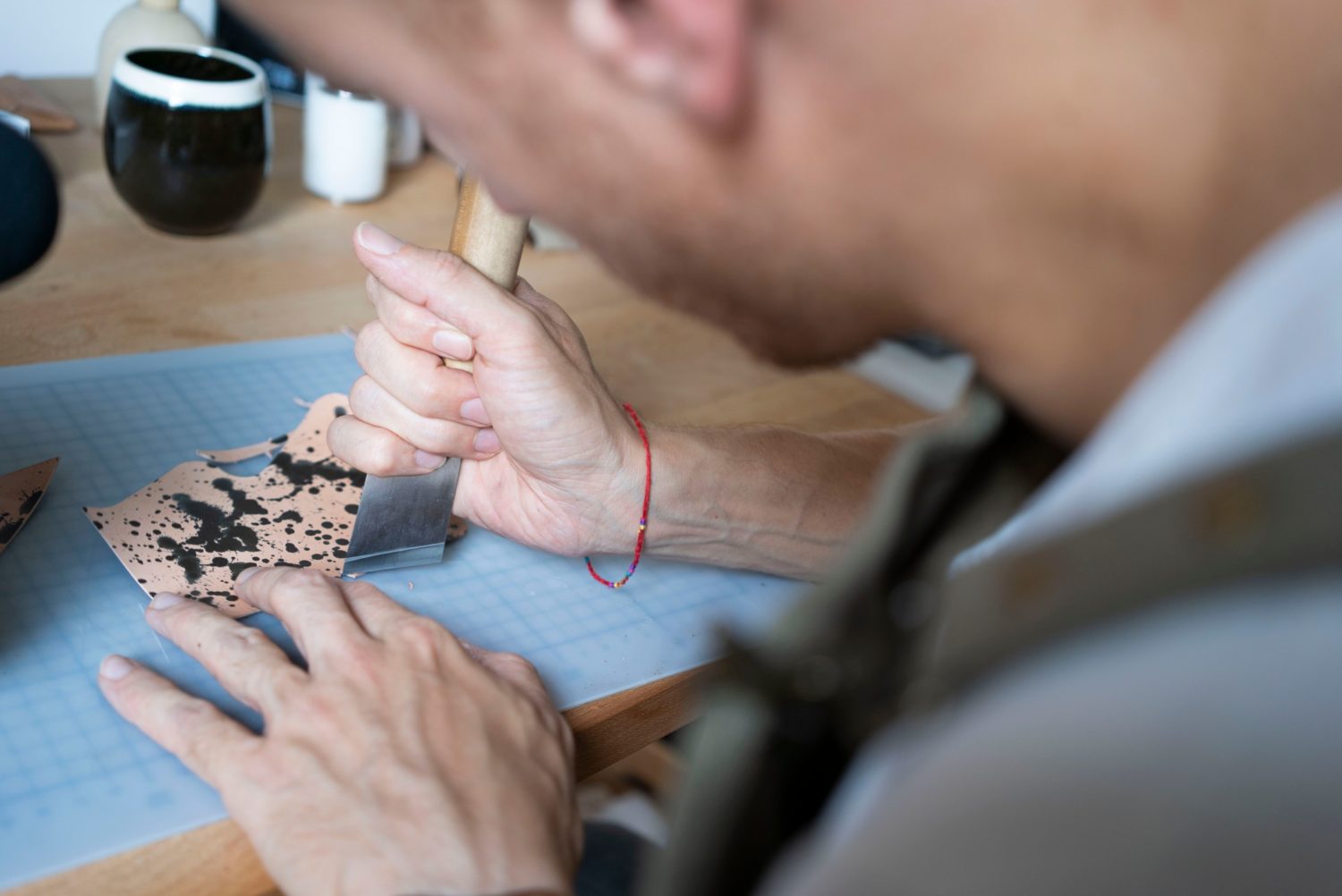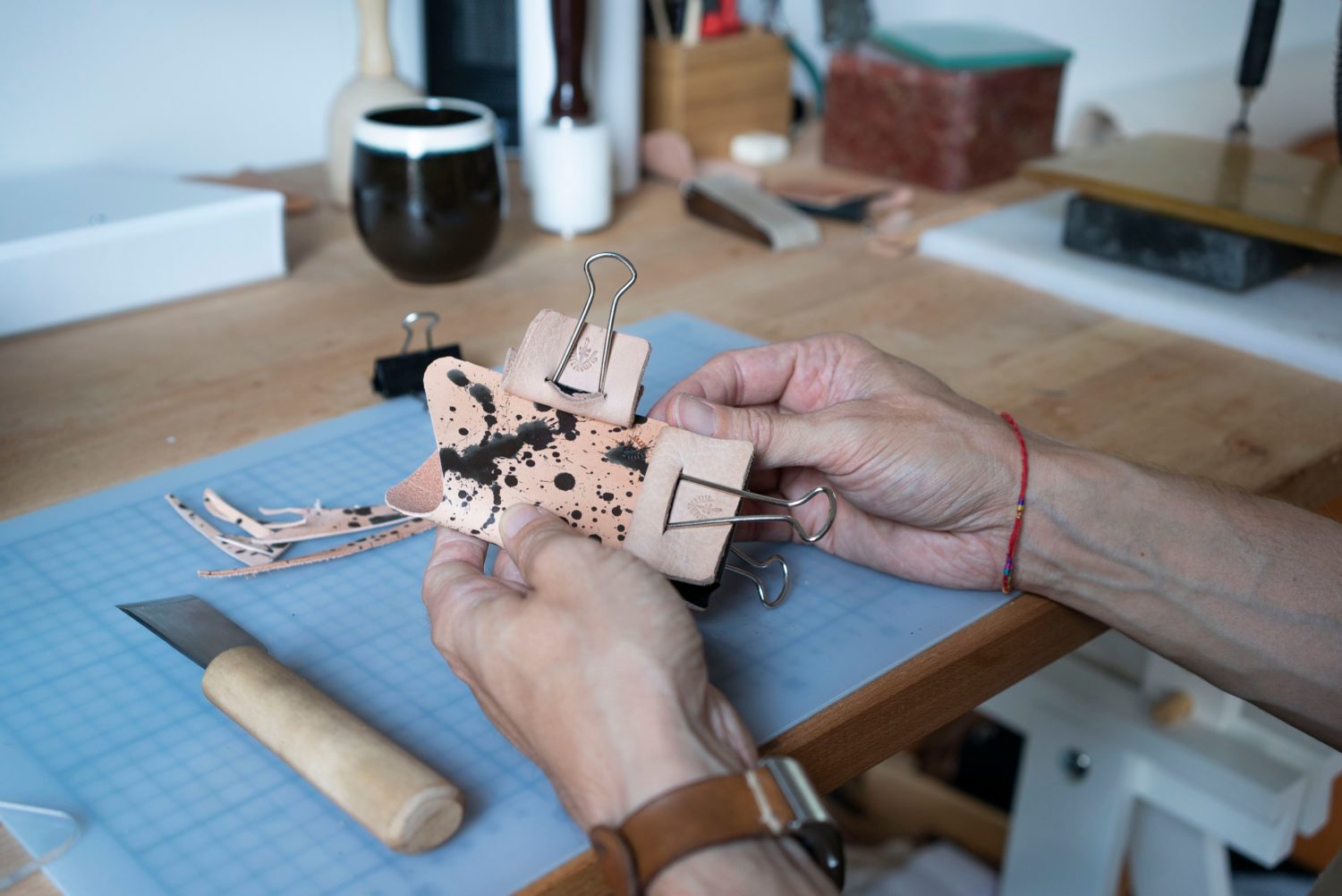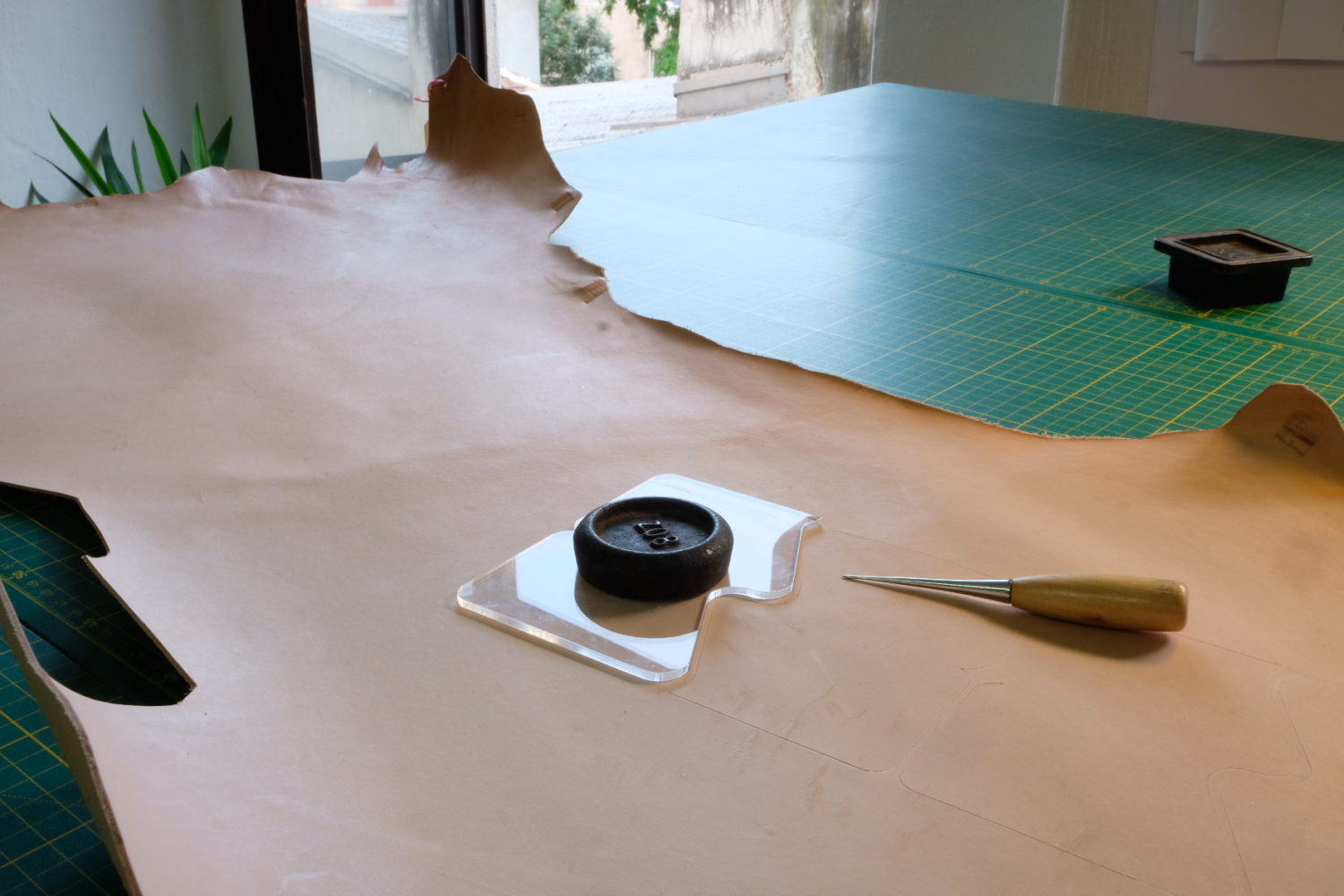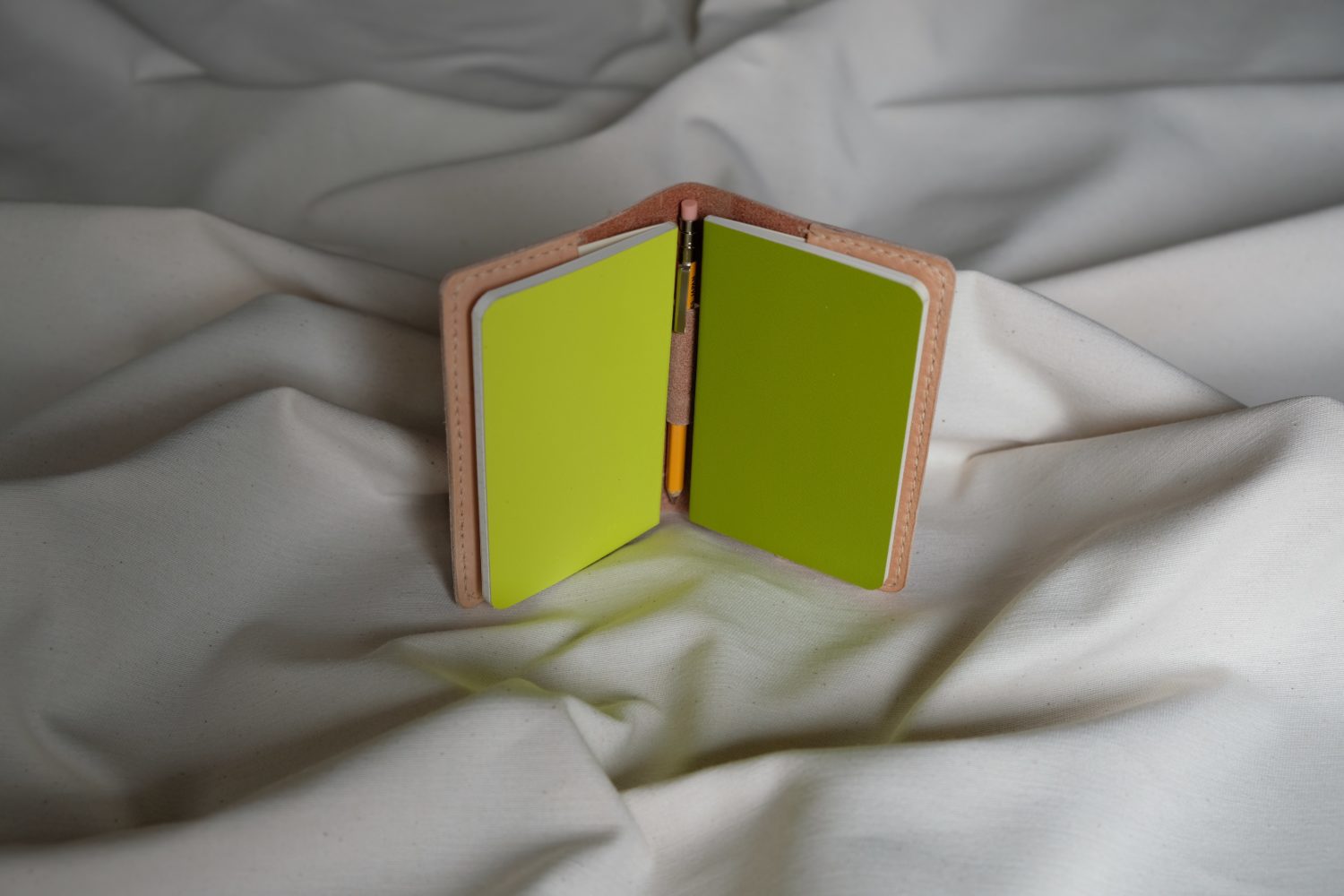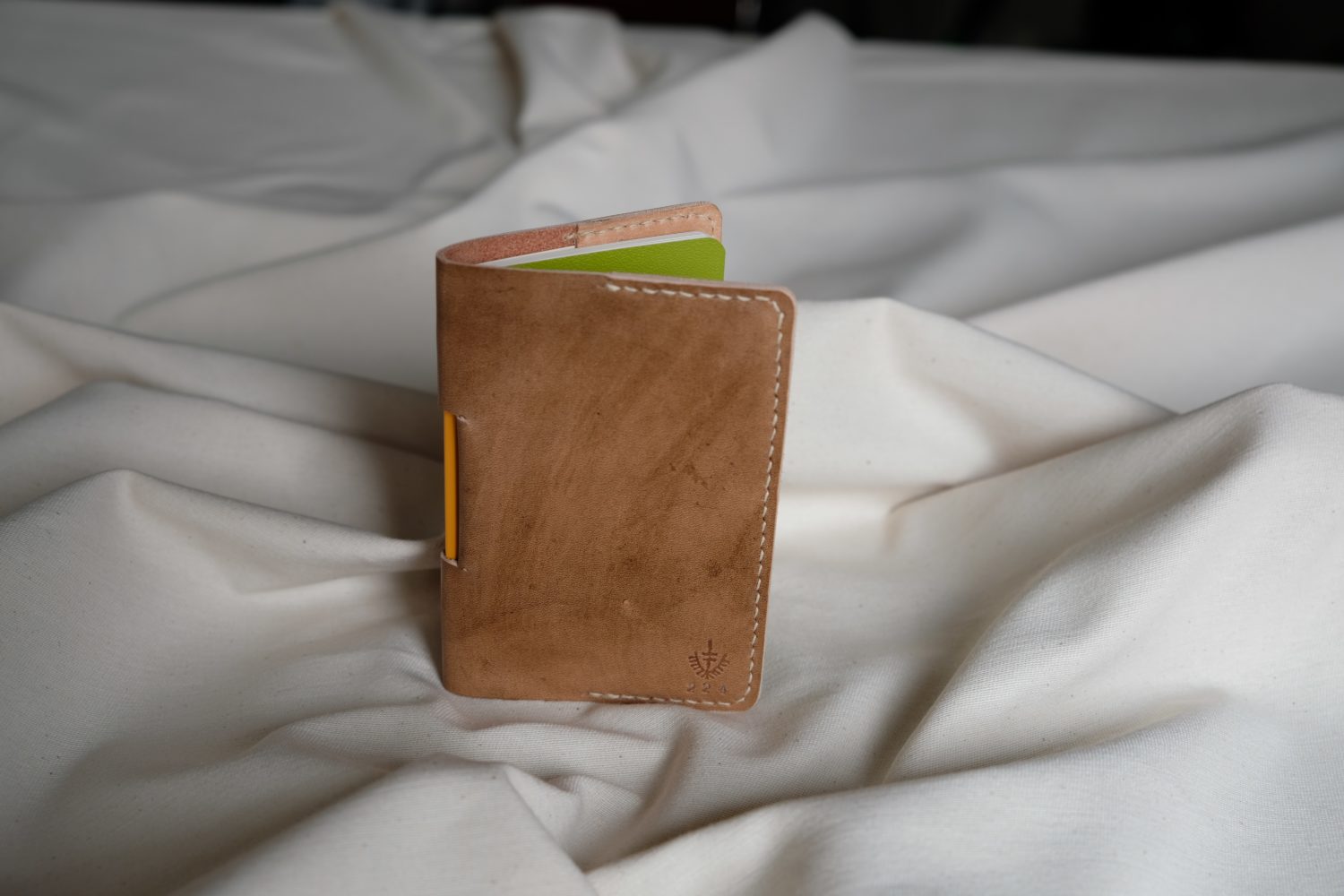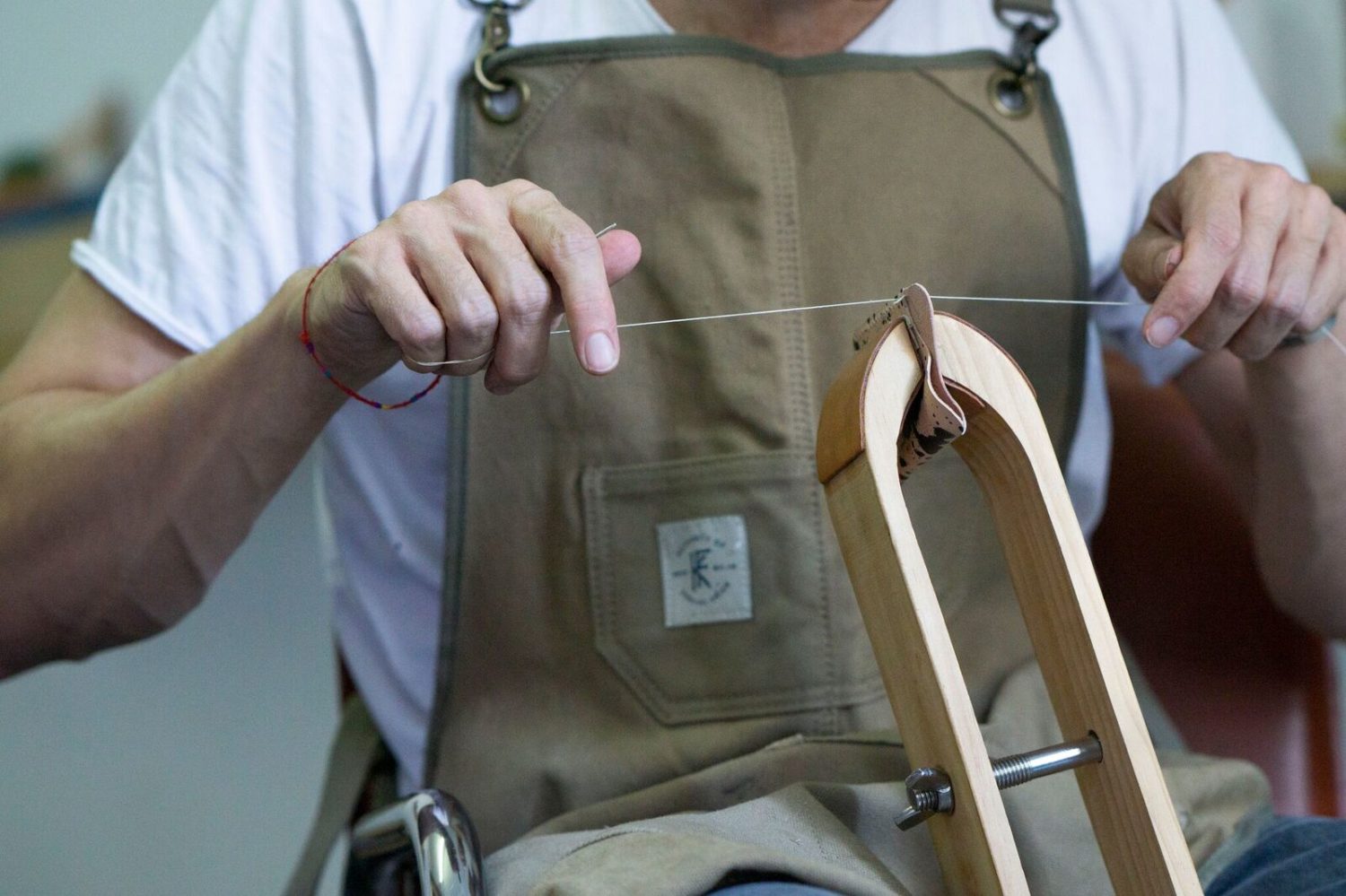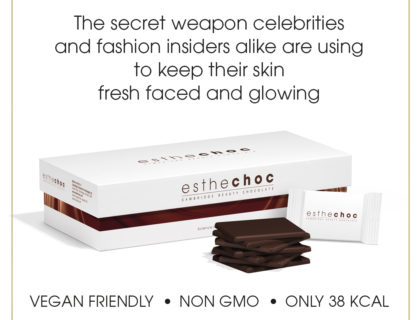What is your background and did it play a role in driving you into leather designing?
It was something that, like most things, came from a need. First, I needed a wallet and was not satisfied with anything that I found on the market. I found that the design of the typical wallet, to me, did not make much sense. I’m the type of person that likes to do things myself. I don’t like to rely on others. Secondly, I tend to jump into these deep, deep rabbit holes, where I just immerse myself in a topic. I had designed a wallet and, of course, did not know anything about wallet making, so I went to a friend of mine who is in this business and asked for help to produce it. The conversation went something like, “First of all we need to get the raw material to China, order enough and then find a wholesaler.” It was a conversation about margins and production, and it felt really dirty. I did not know why at the time, but it didn’t feel right. So, at that point, I dropped it and said I would just make it myself. Later on, through doing this process and learning about this craft I began to fall in love with the whole thing. It was then that I realized why the conversation was so dirty to me. Because to me, deep down, we all have this human sense that the objects we have, objects we use and carry on us every day, should be something that we actually value. Our things should be something quality made, things that have innate qualities that are in a physical sense something of value, but also in a non-physical sense. This is something I discovered while getting into this craft.
Were you always in to making things in your life, or being creative?
I was not actually. I was previously a lawyer and up until the point in my career where I started leather design, the types of problems I was solving were more abstract. I had not really experienced how rewarding how it could be to have these 3-dimensional physical problems where you use a completely different part of your brain in order to solve them. I think its extremely rewarding and it taps into something human that we all have and have kind of lost through the type of work we do now.
How do you combine your past as a lawyer with your new leather making craft?
I see them as two opposite sides of a coin. Being a lawyer was mentally challenging in some way, especially when you are communicating certain ideas. You are communicating through writing and when you do this you can control how the message is received, through using words and chronology. But when you are creating items you are also communicating certain messages to people. And in my case, I want to communicate honesty, integrity, the natural environment, and natural material qualities. But you don’t have control over how people receive this message, there is more of an emotional connection.
How and where do you source your materials?
For me, it’s very important that no matter where I source my materials, they’re produced in the most minimalist and natural way. When I’m making things, I have a wide range of choices of how I can make things and what type of materials I use. Sometimes those choices cost in terms of money and time. The user might not even notice that you made these choices, but I believe that they are really important and essential. For example, the leather – a lot of the typical luxury brands use leather which has been heavily processed and uses a lot of synthetic materials and minerals, which are first, bad for the environment but secondly, they hide the true qualities of the leather. It is a natural material. It came from a living being and these luxury brands are trying to make it into a fabric where every square millimeter is identical. In order to achieve that, the leather has to go through a lot of manipulation and processing. I source my leather from Tirol, from a 300-year-old tannery and they, in turn, source their leather hides from Bayern, where the cows are not in such large herds and part of the year are indoors during winter and don’t have brands on them. So, you can tell how the animal has lived its life and how it’s been treated, and it shows on the leather.
(earlier source)
What is your view on sustainable fashion, do you see a future in it?
Absolutely, I think it’s very important. I believe it’s important for everyone to know where and how the things we buy are made and instead of buying things which are cheap, using it for a year and throwing it away. One should take the time to buy things which might cost more, but last us longer and at the end of the day give us more pleasure. If we have really thought about it… really seen where the item comes from and if we have made sure to understand how it’s made, then we can understand why it has superior quality. I think if we all did that, sustainability would be the side effect of that. When you really pay attention to quality, you can only achieve really good quality through sustainable means. This is conscious consumerism, knowing where items are made and how they are made. If it’s not made in a sustainable way, it should turn us off.
What type of message do you try to give your clients when selling a product to them? For instance, would you educate them on sustainability and not just on the quality, but what it all means?
Once you educate yourself on where and how it’s made, you may discover something about an item that will turn you off. For example, the denim of some jeans is manufactured in a factory in Bangladesh, where the dye is being run off in to open water sources. And so the reason these practices exist is because we are completely blind to how the products are made. When people take the time to educate themselves on the process, the side effect of that information is that more people will start buying more sustainably produced items.
Why leather?
I love it, the smell, the touch and it’s one of the oldest materials we have used as human beings. It has this draw when I roll out a piece of leather before I start to use it. I can feel the different parts, the fibers, different qualities. The touch and how mailable it is. It’s always a surprise to me. The sensual quality and the smell of it really drives me.
Who do you aspire to have as your client?
People who become surprised. I want them to value craft items, but I would more enjoy people who are not so aware of craft items so that through me and the items I sell, they become aware. I like to communicate with them through the items that I make.
Would you say your products are a good investment?
I think they are a very good investment. I specifically design the items and design the process of making them so that each piece lasts 40 years. This is always in my mind. I want them to last a very long time. Not only that, I want each person’s item to develop a patina of their life so that your wallet begins to become a part of your skin. When you purchase it new, no two items are the same, but after you use it, it becomes an extension of yourself.
What are the unique points of your products?
First of all, every single item that I make has its own unique number to make it understood that no two items are the same, as all products are handmade by myself. It’s attention to detail; you notice the love which is put into the product and the choices that are made in the development of the product. The edge work is actually the most time-consuming process of making an item. At some point, I can say that the item is good enough, that the consumer will be satisfied, but I won’t be satisfied, I want to continue to make it perfect, otherwise I won’t be able to sleep at night.
Describe the passion that goes into your work.
These days, for us, colors and dyes…they are so ubiquitous. You can have any color under the sun. Even the tannery can send me the hides for any color I want for almost the same price. But I refuse because the synthetic dyes don’t have this old-world quality to them. Before we developed synthetic dyes, everything was made through vegetable dyes, plant matter, and minerals, so every single color had a completely different process. This is something I’m drawn to. I like the fact that when I’m using a certain color, it will develop itself through time. It adds to the patina process. This is in terms of what I prefer to do for the color. I like to make sure everything is just surface dyed and on the inside its completely undyed. It all falls into the type of things I value when making the items. If I were to describe the passion that goes into my items, it’s about honesty, integrity and embracing the natural materials.
What excites you, other than leather?
I notice that I tend to look at other items in a certain way. I would say my eyes have opened to other products which are made in a very integral way. When I see something where I can tell that a lot of passion and love has gone into the item, this is what really excites me. I’ve begun to notice that I’m becoming more aware of these things.
What are your challenges as a leather designer?
Every day I’m challenged, but the challenges I enjoy the most are design challenges. When designing an object, when the item looks good and I feel it can be made, how can I trim it down more? How can I make the design more unified, minimalist and make the process less complicated? It’s once I’m finished designing an item when the challenge comes in. How do I make it simpler or better? And of course, the later challenges, how do I put it together. These are the types of challenges that I really enjoy, it’s not easy but I really enjoy them.
Where do you see the brand in 5 years?
My nightmare scenario is the situation where I am no longer making leather goods and I’m sitting in front of a computer, doing marketing, accounting and these types of things. Everybody comes to me with the question, “Your products look great, I can see the appeal, how are you going to scale?” as if it is a natural thing which one would want to do. My answer is always then “Who says I want to scale.” I really believe in “slow fashion” and making things in a sustainable manner. In five years, I’m hoping that I will be continuing to be making everything by hand and that I will have enough demand to be putting people on a waiting list.
What is your typical day?
I begin the day by watering my plants. My home is a jungle, in the morning my plants need me. I spend the morning watering the plants and that’s how I like to begin my day by nurturing and seeing something green. Then I manage to have breakfast and its usually the time when I come up with ideas, so I spend the time recording these ideas. I make my way then to the atelier and begin work here. I spend usually the entire day here. In the evening I usually do administrative things or I’m doing a lot of stitching, to shut off my brain and continue to get items ready for the next day.
What is your favorite cuisine?
My specialty is Indian food. I grew up in Bahrain which is a very multi-cultural island. We had food from India, Pakistan, Bangladesh. Their local cuisine is mainly fish but because there is such a cultural mix, you also have Iranian food, but not the typical food you get from restaurants, you have the real specialty items. This is where I developed a taste for it. I love to mix different spices. I’m a dine-in man, I like to cook. I don’t like to overstuff myself, but I really indulge myself in it.
What do you think of Vienna?
I love Vienna. I call it the Goldilocks city. It is not too big, it’s not too small, just like the Goldilocks story. It’s not too east, not too west. It’s not too expensive but not too cheap. It just in the middle, lukewarm. In every city you live in, there are going to be times where you are going to say “this city is sh*t” or “it’s boring” but there are other times where you say, “this city is amazing.” This is going to happen in any city you live in, but the most important thing is the company you keep. I seem to find really amazing people in Vienna and feel really lucky in that sense.
Tell me about the monthly parties you organize?
A friend and I separately discovered that we had developed a fetish for the late ’70s, early ’80s South African bubblegum music, as well as West African/Afro Caribbean music that’s more for dancing, and mixes late ’70s afrobeat with beginning ’80s synth. It’s just music which is really great for partying and dancing to. So, we put together these “Tropical Thunder” parties, just to let people have a good time and dance their a**es off, to get sweaty dancing and be crazy. No matter how many people show up, it’s just a really good time. The best parties in Vienna are the unique ones, the ones which pop up every now and then, or spontaneously!
How long does it take you to produce a product?
I time myself for each product so that I can differentiate how much I should charge per item. For the large format bi-fold, it takes around 2 or 3 hours to process, but that doesn’t mean I’m done afterward, its just the amount of time I take to work on it. I usually work on multiple things at the same time, so the whole process will actually take me a week.
If a customer doesn’t live in Vienna, how do they contact you?
I would like to have an online presence for people not based in Vienna, but I’m turned off by the idea of having this E-commerce model, where somebody can just look at an item, click a button to add it to their shopping basket, they check-out and it’s sent to them right away. I think that our instinct is not to interact with people, like doing an online check-in when going to a hotel. When you are dealing with another person and it’s a good experience, it can really enhance the whole thing, so in the end what I decided is I will have an online presence where people can see the products and the prices but if they want to purchase something then they will have to actually email me and have direct contact with me where we can discuss what they are looking for. I would prefer to have direct contact with my customers.
What do you think about E-commerce taking over in the future?
I have hope for specialty items, as there is a growing market for small-scale crafted quality items. There is a lot more room for these items on the market than previous times. People are becoming more selective and conscious and like certain things which are made in a quality way which enhances their experience.
Images by Tyrone Kelly @sleepless_in
For more information go to: https://lerifdesigns.com
